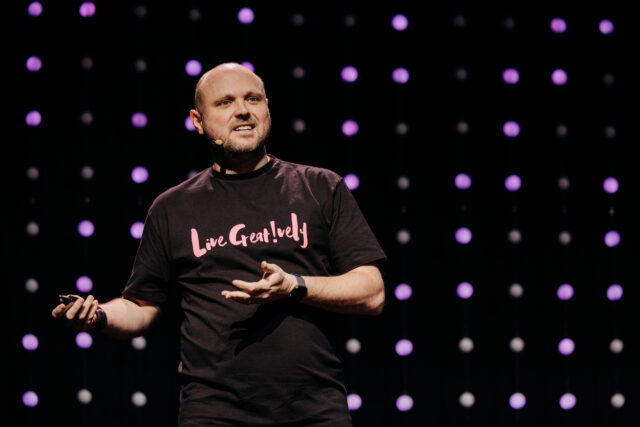
I relish opportunities to meet new people, especially those with whom I have a common bond but who also expose me to innovative ideas and new ways of thinking. Thanks to having a mutual client, I’ve gotten to know Wade Kingsley over the past year, and I already believe every media professional can benefit from getting to know him.
For those unfamiliar with Wade, he spent 20 years in Australian radio and then left the day-to-day of the media business to start his own company, The Ideas Business. Wade’s company has a simple mission—to make the world a more creative place—and it pursues that in many ways, including consulting businesses on how to creatively solve problems.
We share a passion for helping clients market themselves more effectively, and what I really like about Wade is that he is a creative person who bases his advice on data. I have learned so much from Wade that I am going to use this week’s and next week’s edition of Tuesdays With Coleman to highlight key takeaways from my conversations with Wade.

Wade Kingsley, Founder/The Ideas Business
That Wade is a kindred spirit is affirmed for me when he describes the idea of harvesting existing demand versus creating future demand. This is not a new concept for me—my colleagues and I regularly encourage clients to think about how to use marketing for long-term brand building and not just for short-term listening activation, perhaps best exemplified by Sam Milkman’s “The Urgency of Brand Building: A Conversation with Pierre Bouvard” blog post in January 2022—but Wade’s framing of the concept really resonates. Wade cites research from entities such as the Institute of Practitioners in Advertising, the World Advertising Research Center, and the Ehrenberg-Bass Institute for Marketing Science, whose analysis of over 20,000 campaigns over 20 years supports devoting 60% of a brand’s marketing to creating future demand versus 40% for harvesting existing demand.
What does Wade mean by “creating future demand” for radio stations, podcasts, and streaming services? Wade advocates for marketing that gives consumers who don’t use (or don’t even know) your brand a reason for doing so. That may not cause them to start using your brand right away, but when they decide they need what you offer, the chance of them consuming your brand will be significantly greater if your marketing connects with them on an emotional level. Wade is hopeful that marketers in the audio space are coming around to “emotionally promoting their brands, rather than [in the case of radio stations] just rationally hitting people over the head with a frequency, a positioning statement, and a format. We need to get people to fall in love with the thing.”
Wade and I agree that the recent emphasis—especially by radio brands—on marketing to harvest existing demand has been problematic. (An example of this is targeting PPM panelists, as I described in “Stop Chasing Meters, Build A Brand” in November 2023.) In fact, on how this shift in emphasis coincided with the explosion of other audio entertainment options over the last decade, Wade commented, “If radio as an industry had been doing more of the creating future demand…perhaps radio wouldn’t be in its current state.”
You may agree with the points above about creating future demand but may also feel that it’s an impossible task given the limited marketing resources available to many audio brands. Wade, however, segments the marketing landscape in a way that may give those of you with limited resources hope.
When most people think of marketing, they focus on paid media, where they pay someone else to advertise their message. However, Wade likes to point his clients to two other forms of media that are crucial to successful marketing efforts. Owned media are platforms that they control but for which they don’t pay to carry their messages. Examples of these are their websites, apps, and social channels. Brands can also use earned media, which doesn’t cost money but which they don’t control. Earned media includes “traditional” PR efforts (i.e., local TV coverage of a station event) and getting others to share your content on social platforms.
Wade is a big advocate for mapping out your paid, owned, and earned media for every marketing effort. It’s not enough to have these plans, however; a good marketing campaign also requires creativity, and in next week’s blog I will share more of what I have learned from Wade about fostering creativity.
